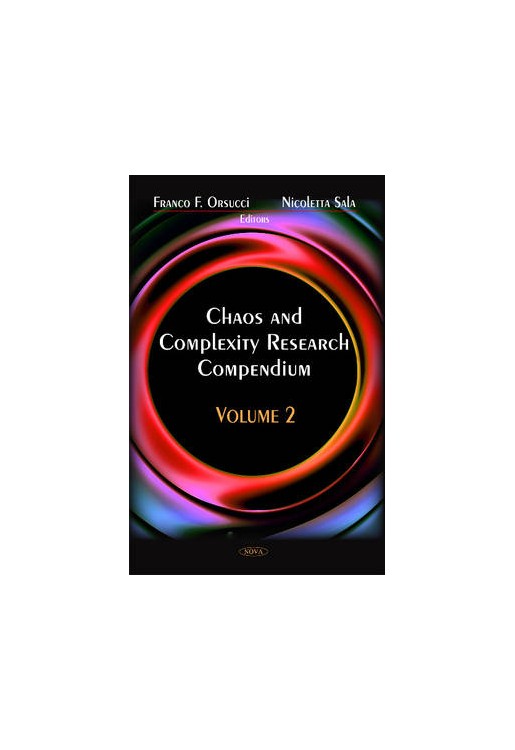This book presents leading-edge research on artificial life, cellular automata, chaos theory, cognition, complexity theory, synchronisation, fractals, genetic algorithms, information systems, metaphors, neural networks, non-linear dynamics, parallel computation and synergetics. The unifying feature of this research is the tie to chaos and complexity.
Preface; Measures of Coupling Strength & Synchronization in Non Linear Interaction of Heart Rate & Systolic Blood Pressure in the Cardiovascular Control System; Filtering Time Series Using Point-Wise Dimension: Application to the Study of Electrocardiograms; Non Periodic Cycles in Italian Financial Market; Noninvertible Maps & Complex Basin Boundaries in Dynamic Economic Models with Coexisting Attractors; Phase-Portrait in Conversation-Processes; Option Pricing: A Straightforward Procedure; The Riemann Magneton of the Primes; Self-Organized Power-Law Equilibrium Distributions in Structured Dynamical Systems; Climatic Memory; On the Complex Foundation of Ethics; Stability conditions in contextual emergence; Contextual emergence of mental states from neurodynamics; Phase coupling supports associative visual processing -- {Physiology} & related models; Processing of positive versus negative emotional words is incorporated in anterior versus posterior brain areas: {An ERP} microstate {LORETA} study; "Cognitive} genes"' reveal higher codon complexity than "somatic genes"; Mutual phase synchronization in single trial data; Ordinal analysis of {EEG} time series; Robustifying {EEG} data analysis by removing outliers; Is brain activity fractal?; The timing of neural processes in humans: {Beyond} the evoked potentials; Quantification of order patterns recurrence plots of event related potentials; Neuronal synchronization: {From} dynamic feature binding to object representations; Testing for coupling asymmetry using surrogate data; What can we learn from single-trial event-related potentials?; The internal structure of the {N400}: {Frequency} characteristics of a language related {ERP} component; Measuring the thalamocortical loop in patients with neurogenic pain; Assessment of connectivity patterns from multivariate time series by partial directed coherence; The cortical implementation of complex attribute & substance concepts: {Synchrony}, frames, & hierarchical binding.


